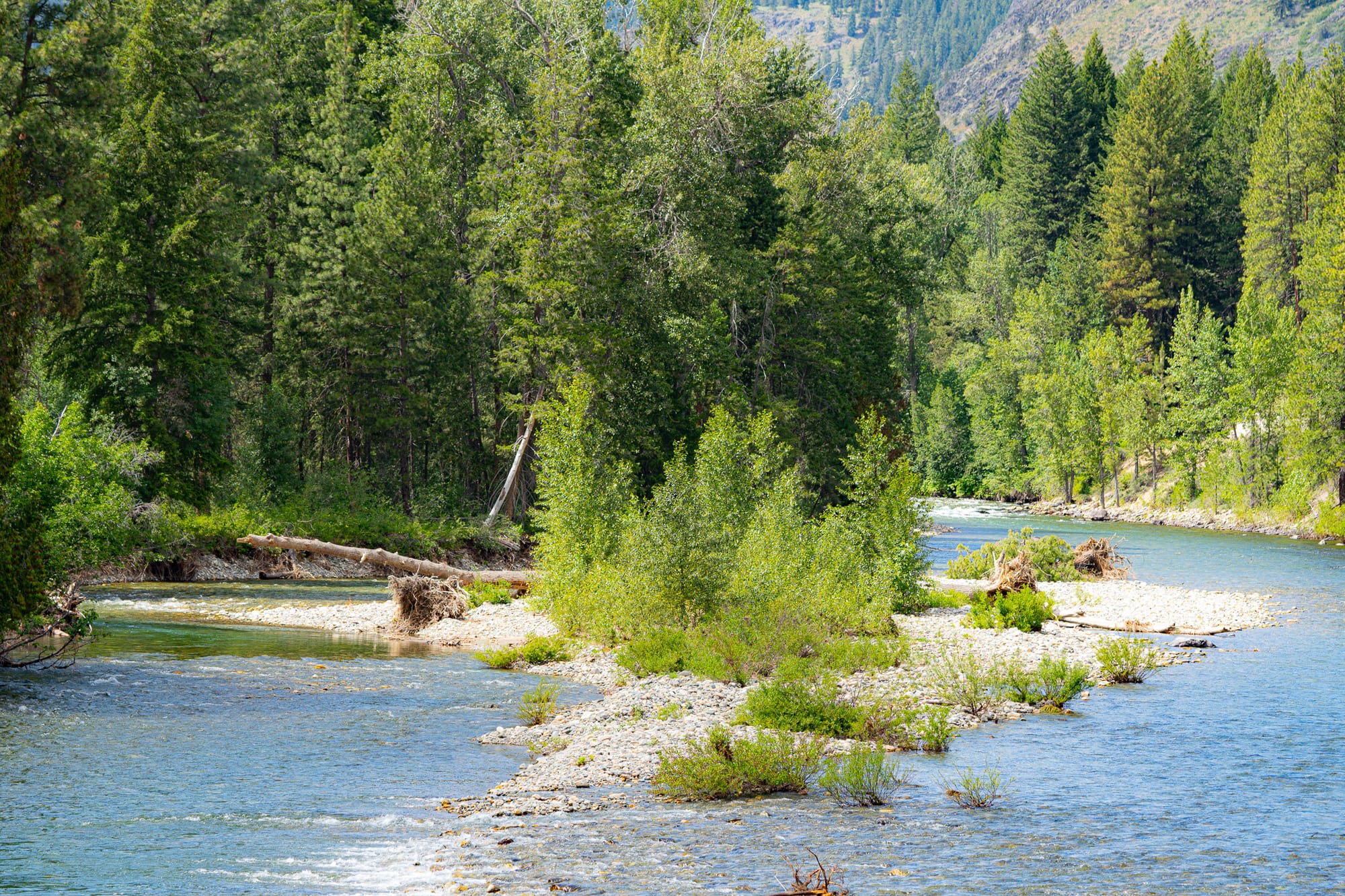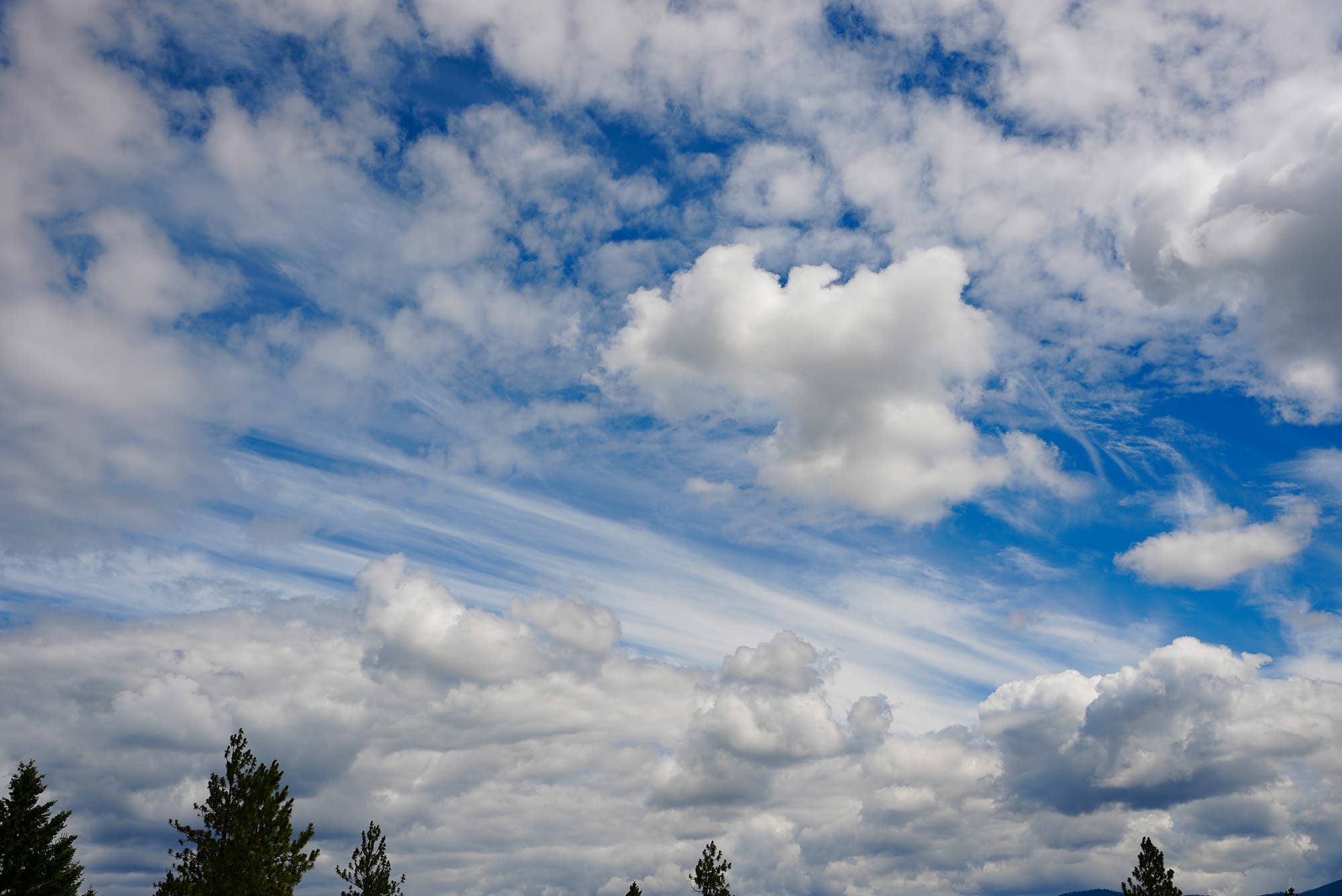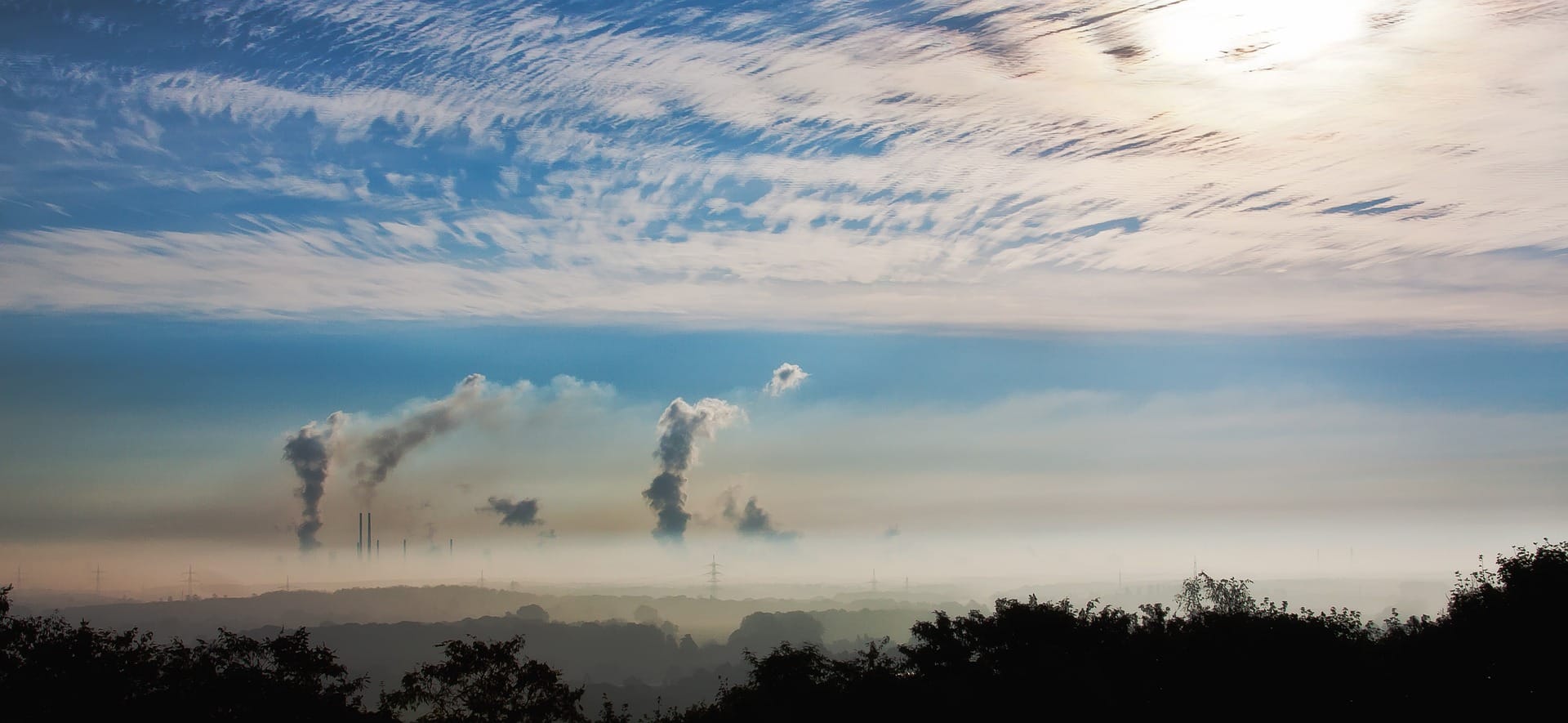Living in the Boundary Layer

Today's topic is on my mind because I recently read a book called Boundary Layer. In this book, author Kem Luther explores zones where different spheres of history and science overlap. While it's interesting to think of these layers as metaphors, as Luther does, I thought it would be far more fascinating if we could use this week's newsletter to explore real-world examples of boundary layers.
And boy, oh boy, did I open a Pandora's box!!! This topic turns out to be far bigger, far more important, and far more technical than I ever imagined. I found myself wading through a voluminous literature full of complex equations and highly specialized jargon. And searching the internet for simple explanations got me nowhere.


In the simplest terms, boundary layers are what happens when fluids—either gases or liquids—flow over solids, or conversely, when solids move through fluids. At first glance, this concept might seem obscure and unimportant, but if you think about it, this is what's happening for every bird, fish, flying or swimming insect, flowing river, blowing wind, or fluttering leaf. In essence, every living organism and most physical objects are impacted by boundary layer forces in some way.

The paradox of boundary layers is that moving fluids have a particular velocity as they flow in a direction (their freestream velocity), but as fluids get closer to the surface of a solid object, they begin to slow down due to drag. Moving even closer to a surface, velocity continues to decrease until, at the surface of the object, there is so much drag that fluids stop flowing altogether!

You can experience this yourself if you lay on the ground on a windy day, which effectively puts you in the boundary layer along the ground where air currents are slower and warmer. And this same effect of air currents coming to a stop explains why fan blades collect dust and grime even if they're constantly spinning.

Boundary layers are one of the most important forces in the natural world and every plant and animal has to deal with them on scales that are both micro and macro. For example, let's consider leaves on a tree.

Trees can only move water and nutrients from their roots to their branches by evaporating water from their leaves and pulling water upwards with capillary action (my newsletter here explains this in more detail). But if every leaf is wrapped in a boundary layer of still air there can be no evaporation and no movement of water or movement of nutrients through a tree.

This means that every feature on a leaf, whether it's teeth, lobes, spines, curved surfaces, or ruffled edges, is a different solution for fine-tuning the thickness of the boundary layer. (Leaves that are lower in the canopy need thicker boundary layers in order to warm up and be more photosynthetically active, while leaves at the tops of trees need thinner boundary layers to dissipate excessive heat that will stop photosynthesis entirely.)

At the same time, the tops of trees in a forest form another boundary layer on a larger scale because trees stick up into the wind and slow air flowing over the earth's surface. This specific boundary layer has extremely important implications for local climate, evaporation of moisture from the ground, and whether nutrients being carried in the wind are dropped on the soil or not.

On the largest scale, there is what we call the planetary or atmospheric boundary layer. This is the lowest part of the earth's atmosphere—from 300 feet at night, to half a mile during the day—where moving air is directly impacted by contact with the earth's surface.

All of us, all organisms, live our lives inside this planetary boundary layer, so it might be the most important boundary layer of all.

Member discussion